Rounding Numbers Nearest Ten Worksheets
Rounding numbers to the nearest ten is an essential skill for students learning basic math concepts. These rounding worksheets provide a comprehensive and practical way to help students practice this skill effectively. With a variety of exercises and clear explanations, these worksheets are ideal for elementary and middle school students who want to strengthen their understanding of rounding numbers.
Table of Images 👆
More Number Worksheets
Teen Number Practice WorksheetNumber Cut Out Worksheet
Kindergarten Number Worksheets 1 50
Thanksgiving Number Worksheets
Blank Kindergarten Numbers 1-100 Worksheets
Missing Number Multiplication Worksheets
Missing Teen Numbers Worksheet
6th Grade Color by Number Worksheets
Counting Numbers to 1000 Worksheets
What is the purpose of rounding numbers to the nearest ten?
The purpose of rounding numbers to the nearest ten is to simplify calculations and improve readability by approximating values to the nearest multiple of ten, making it easier to estimate quantities and work with rounded figures in various mathematical operations.
How do you decide whether to round up or down when rounding to the nearest ten?
When rounding to the nearest ten, you look at the digit to the right of the ten's place. If that digit is 5 or greater, you round up; if it's 4 or less, you round down.
Can you explain the process of rounding a number to the nearest ten?
Rounding a number to the nearest ten involves looking at the digit in the ones place of the number. If that digit is 5 or higher, you round the number up by adding 1 to the tens place and changing all digits to the right of the tens place to 0. If the ones digit is less than 5, you keep the tens place the same and change all digits to the right of the tens place to 0. This process helps simplify numbers and make them easier to work with in calculations.
Are there any specific rules or strategies to follow when rounding numbers to the nearest ten?
When rounding numbers to the nearest ten, you should look at the digit to the right of the tens place. If this digit is 5 or greater, round up. If it is 4 or less, round down. For example, if you are rounding 46 to the nearest ten, the digit in the ones place is 6, so you would round up to 50. If you are rounding 34 to the nearest ten, the digit in the ones place is 4, so you would round down to 30.
How is rounding to the nearest ten different from rounding to the nearest hundred or thousand?
Rounding to the nearest ten involves identifying the nearest multiple of ten and rounding the number to that multiple, while rounding to the nearest hundred involves identifying the nearest multiple of one hundred and rounding the number to that multiple. Rounding to the nearest thousand follows the same concept but with multiples of one thousand. Essentially, the difference lies in the units being rounded to – tens, hundreds, or thousands – based on the place value of the digit being rounded.
What are some real-life examples where rounding numbers to the nearest ten is useful?
Rounding numbers to the nearest ten is useful when estimating costs or quantities for large projects, such as construction or event planning, where precise calculations are not necessary. It is also commonly used in financial transactions to simplify calculations or provide quick estimates, such as when calculating tips at a restaurant or determining an overall budget. Additionally, rounding to the nearest ten is practical when dealing with quantities that are too large or complex to work with exact figures, such as population counts in demographics or estimating the capacity of a venue for an event.
Is rounding to the nearest ten always an accurate representation of the original number?
Rounding to the nearest ten is not always an accurate representation of the original number because it may lead to errors in certain cases where the number falls exactly between two tens (e.g. rounding 15 to 20). This method is generally used for estimation purposes and can potentially introduce some level of inaccuracy in representing the original number.
What are some common misconceptions or mistakes to avoid when rounding to the nearest ten?
When rounding to the nearest ten, a common mistake to avoid is rounding up or down erroneously based on the digit in the ones place rather than the tens place. Another misconception is rounding to the nearest ten without considering the number's proximity to the halfway point between tens. It's important to remember that numbers ending in 5 or higher round up, while those ending in 4 or lower round down. Additionally, be cautious not to overlook negative numbers when rounding to the nearest ten.
How can rounding numbers to the nearest ten help with estimation or quick calculations?
Rounding numbers to the nearest ten can simplify calculations and estimations by making numbers easier to work with. It allows you to quickly determine a rough estimate or approximation without needing to deal with precise values. This method is especially useful when you need to make quick decisions or perform mental math calculations, as it can help you focus on the most significant digits and simplify complex numbers for easier computation.
Are there any alternative methods or techniques for rounding numbers to the nearest ten?
Yes, there are alternative methods for rounding numbers to the nearest ten. One common method is to look at the digit in the ones place - if it is 5 or greater, round up to the next ten; if it is less than 5, round down. Another method is to divide the number by 10, round to the nearest whole number, and then multiply by 10 to get the rounded number. Each method has its own advantages depending on the context and the specific requirements of the rounding.
Have something to share?
Who is Worksheeto?
At Worksheeto, we are committed to delivering an extensive and varied portfolio of superior quality worksheets, designed to address the educational demands of students, educators, and parents.

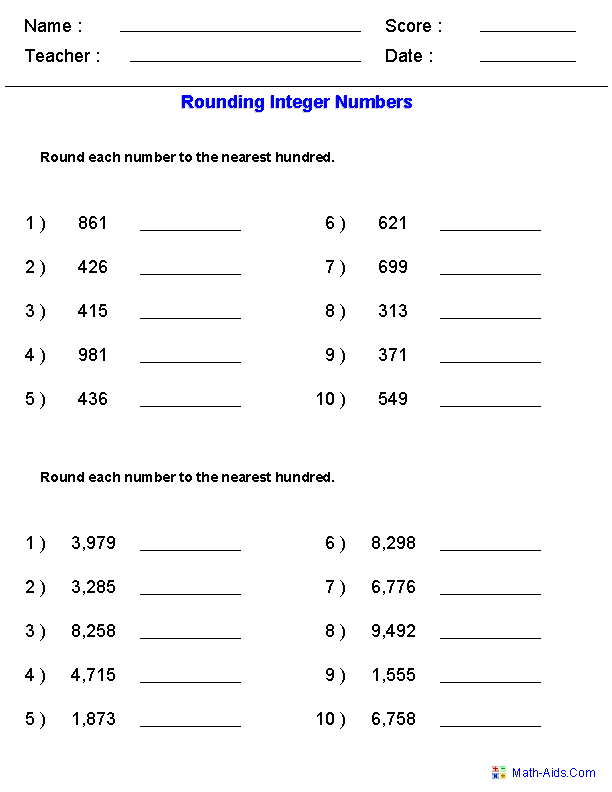



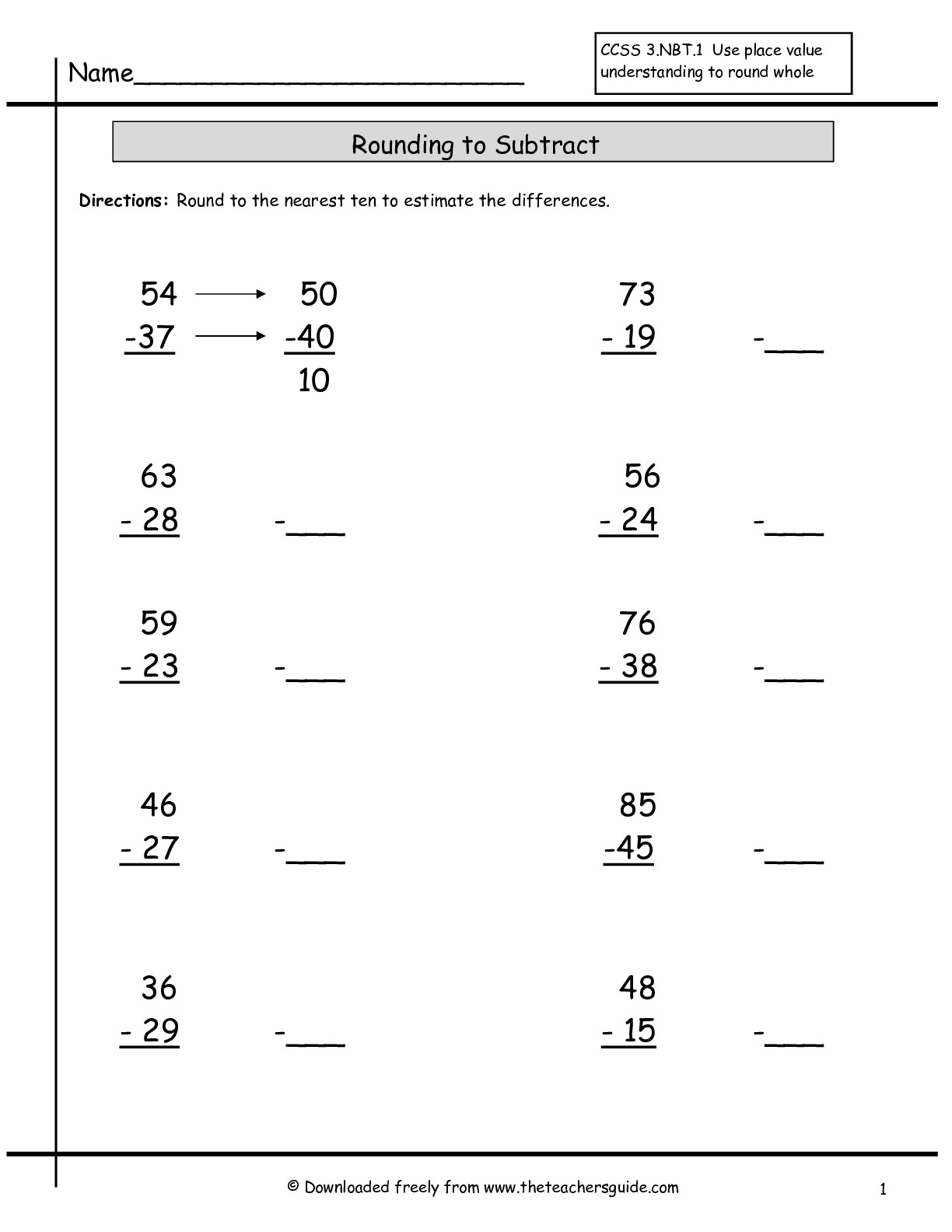
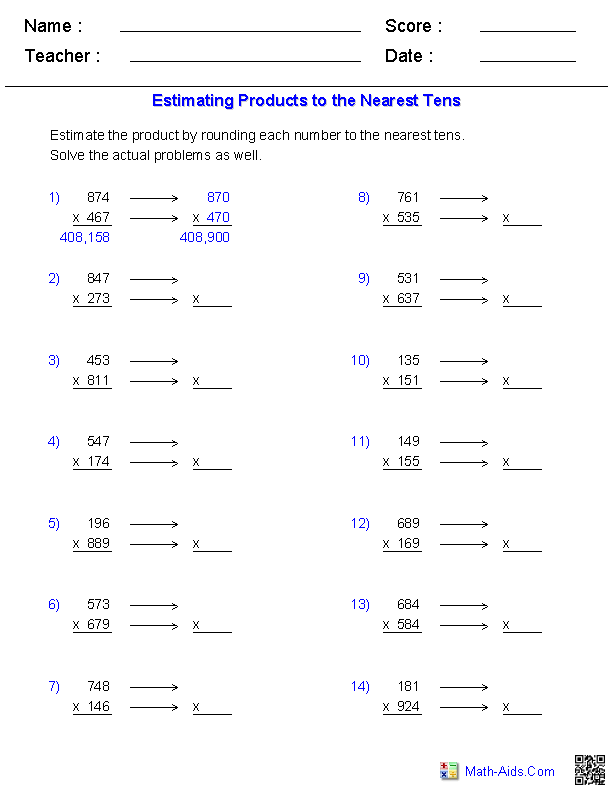

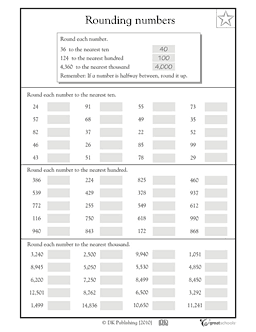
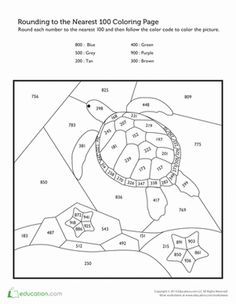
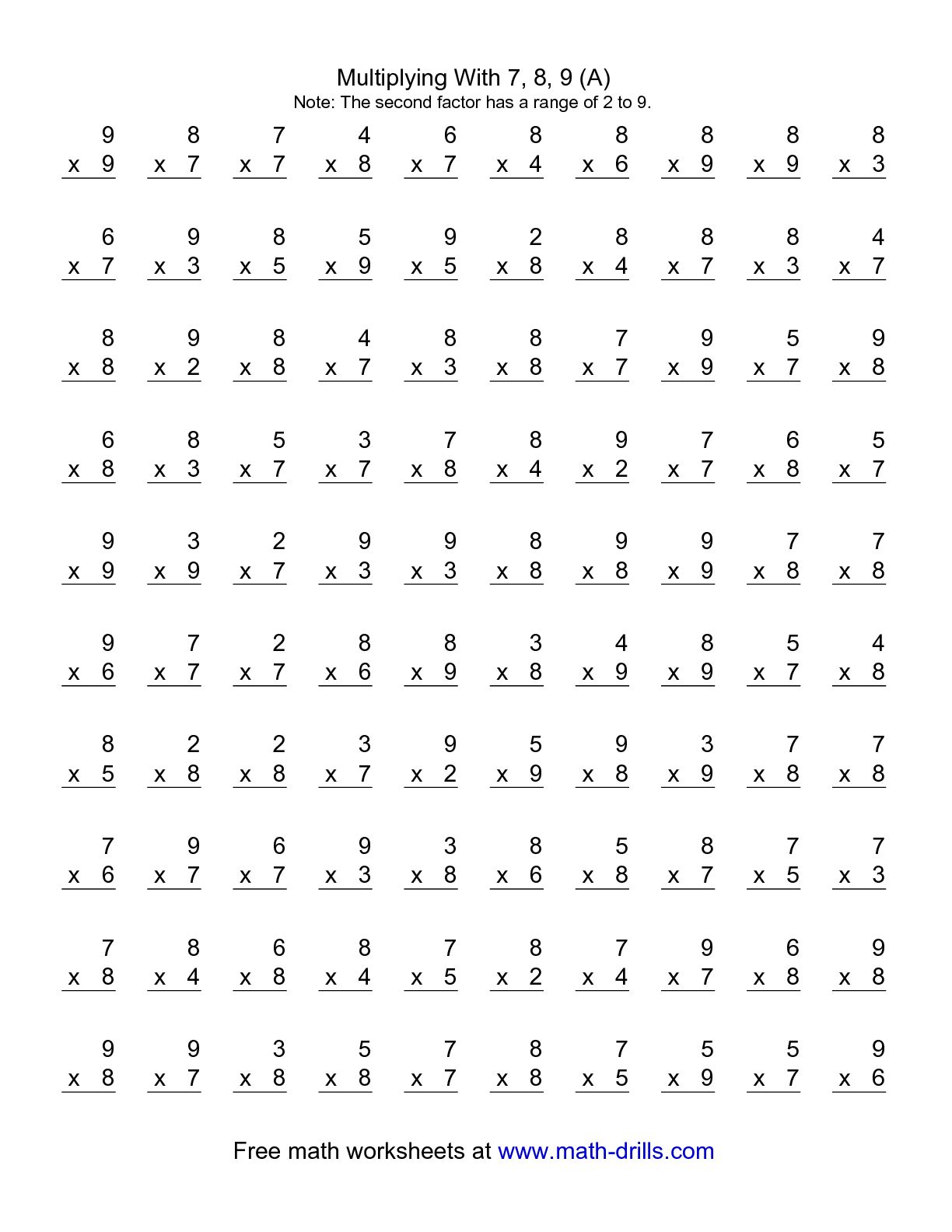
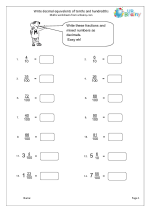
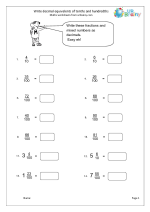
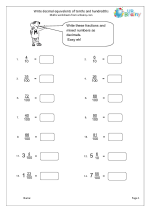
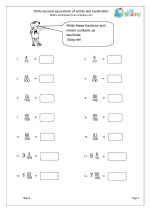








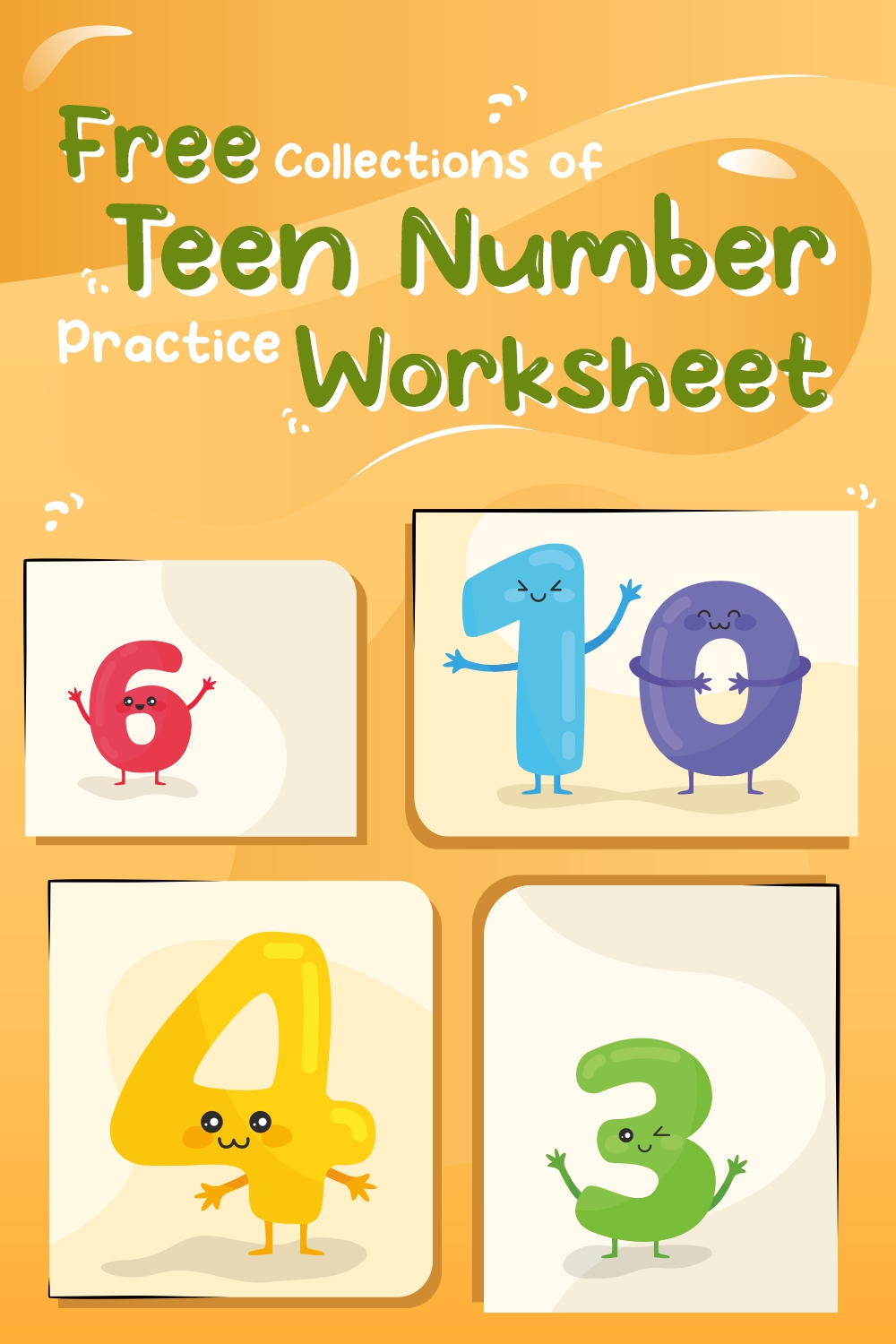
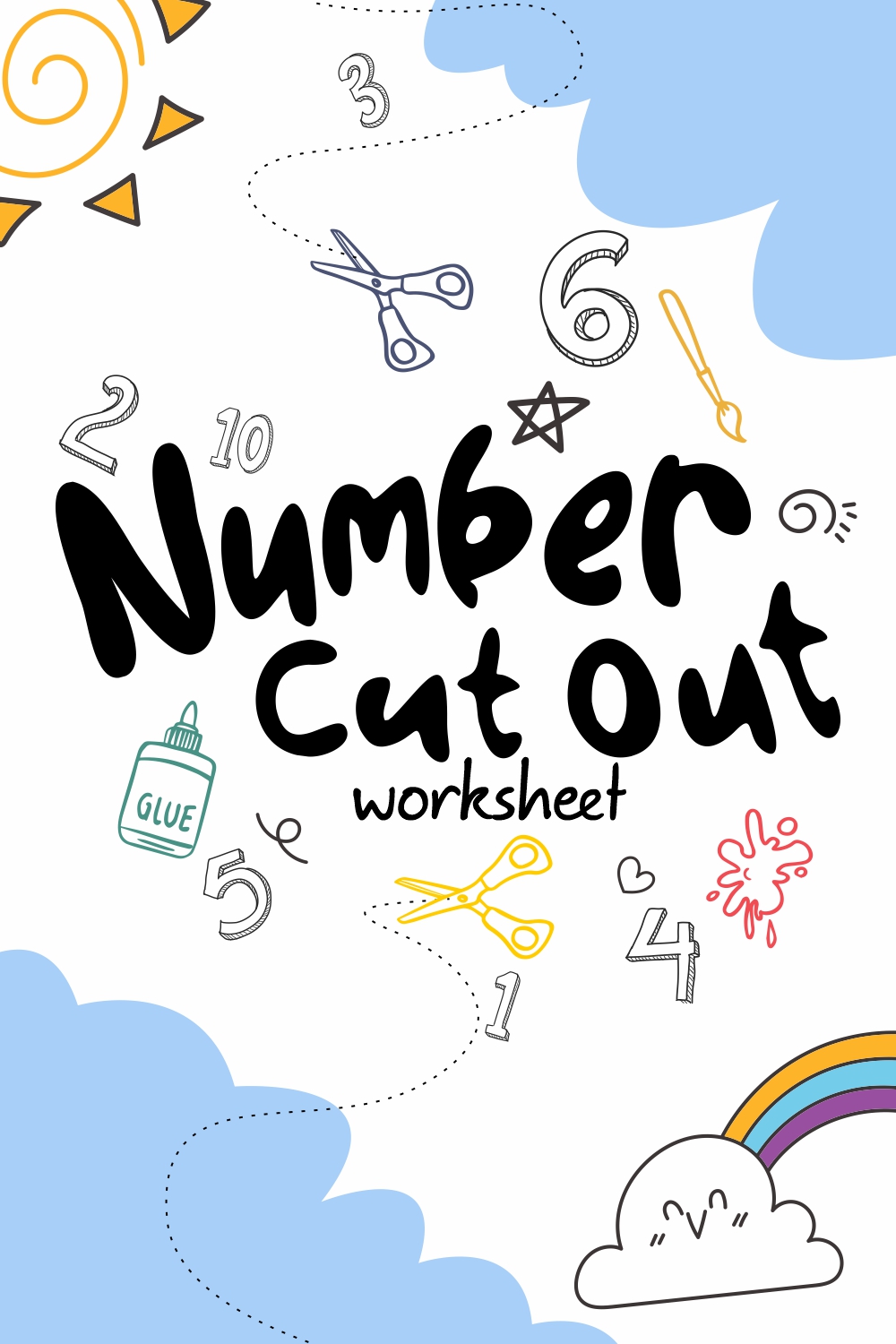
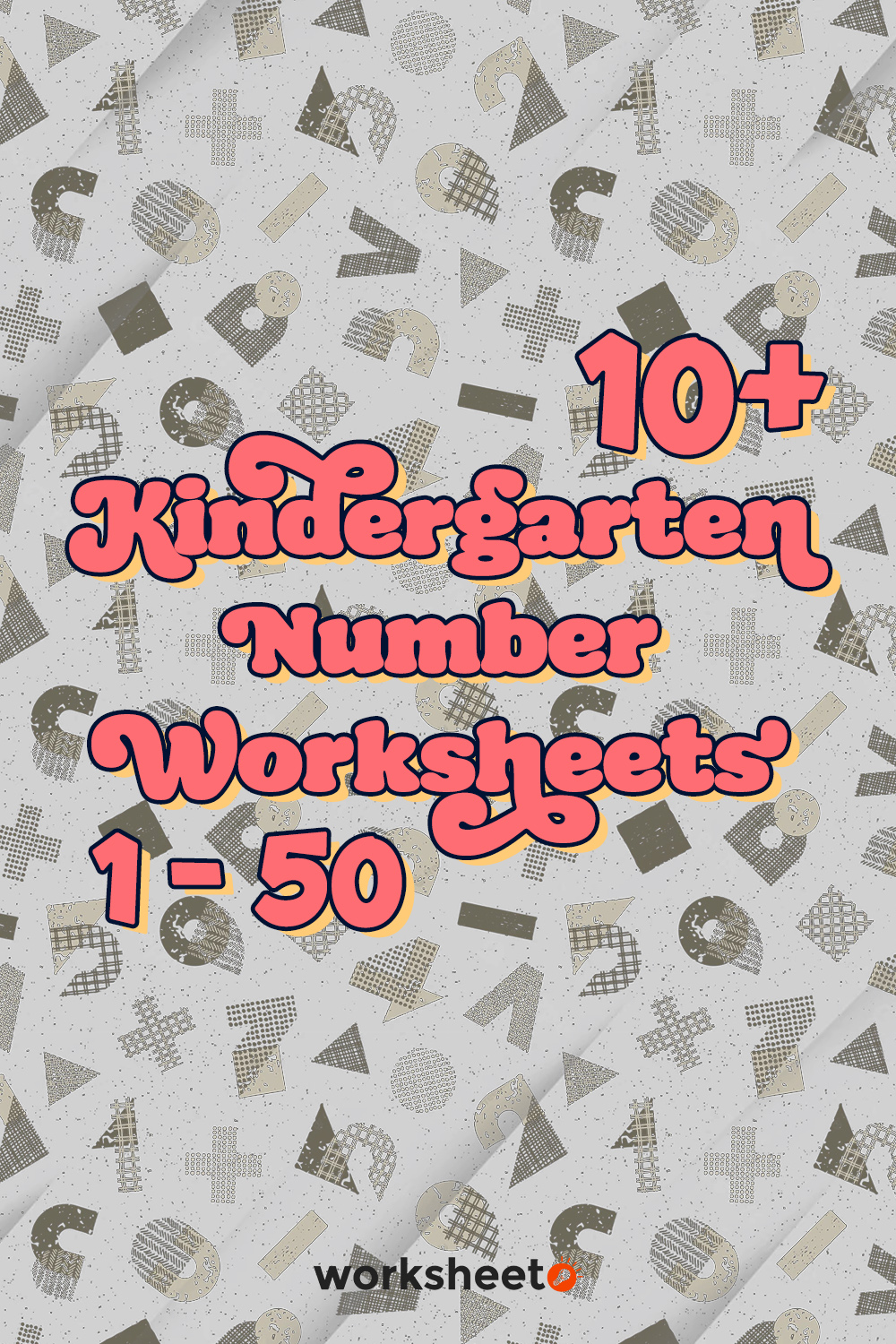
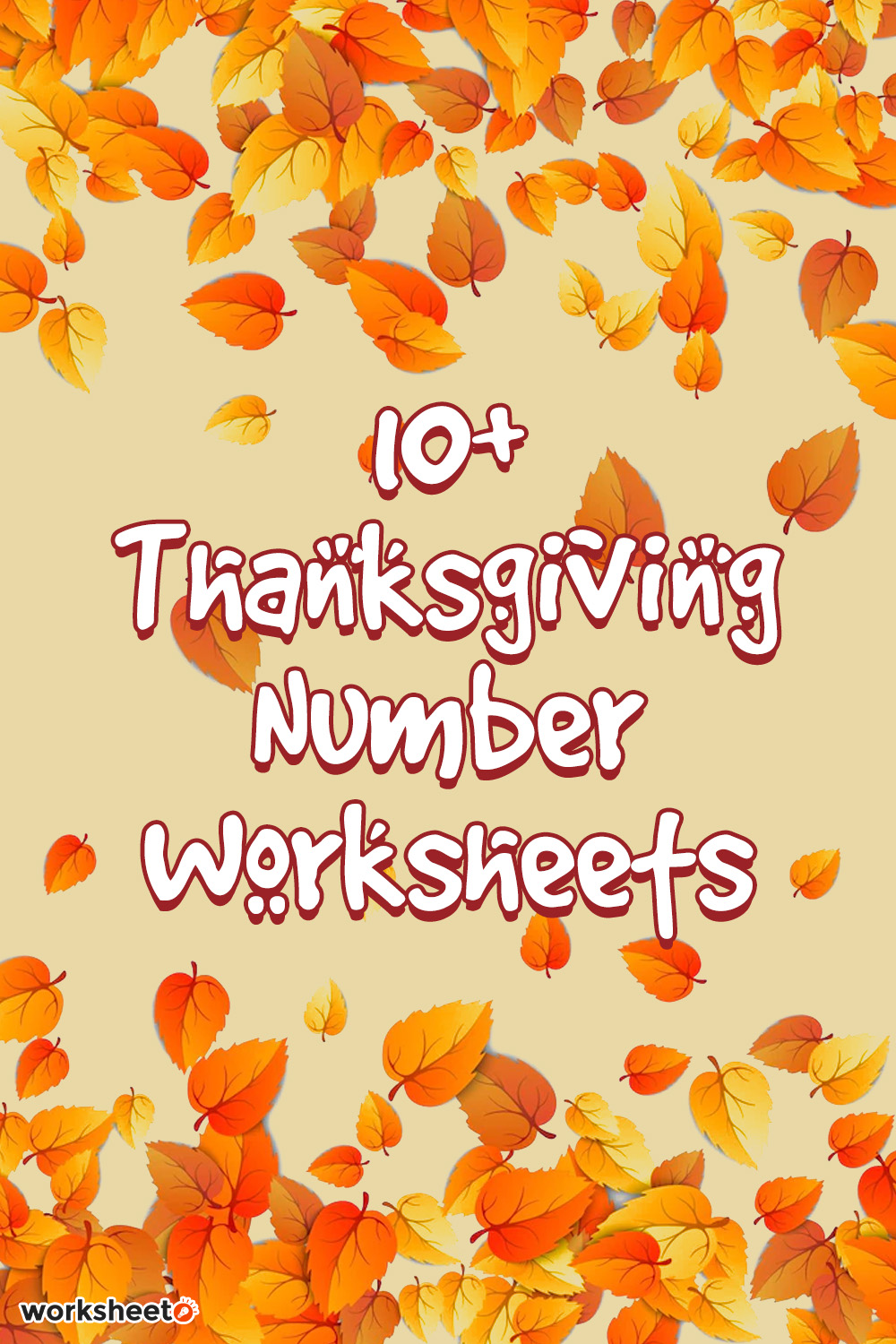
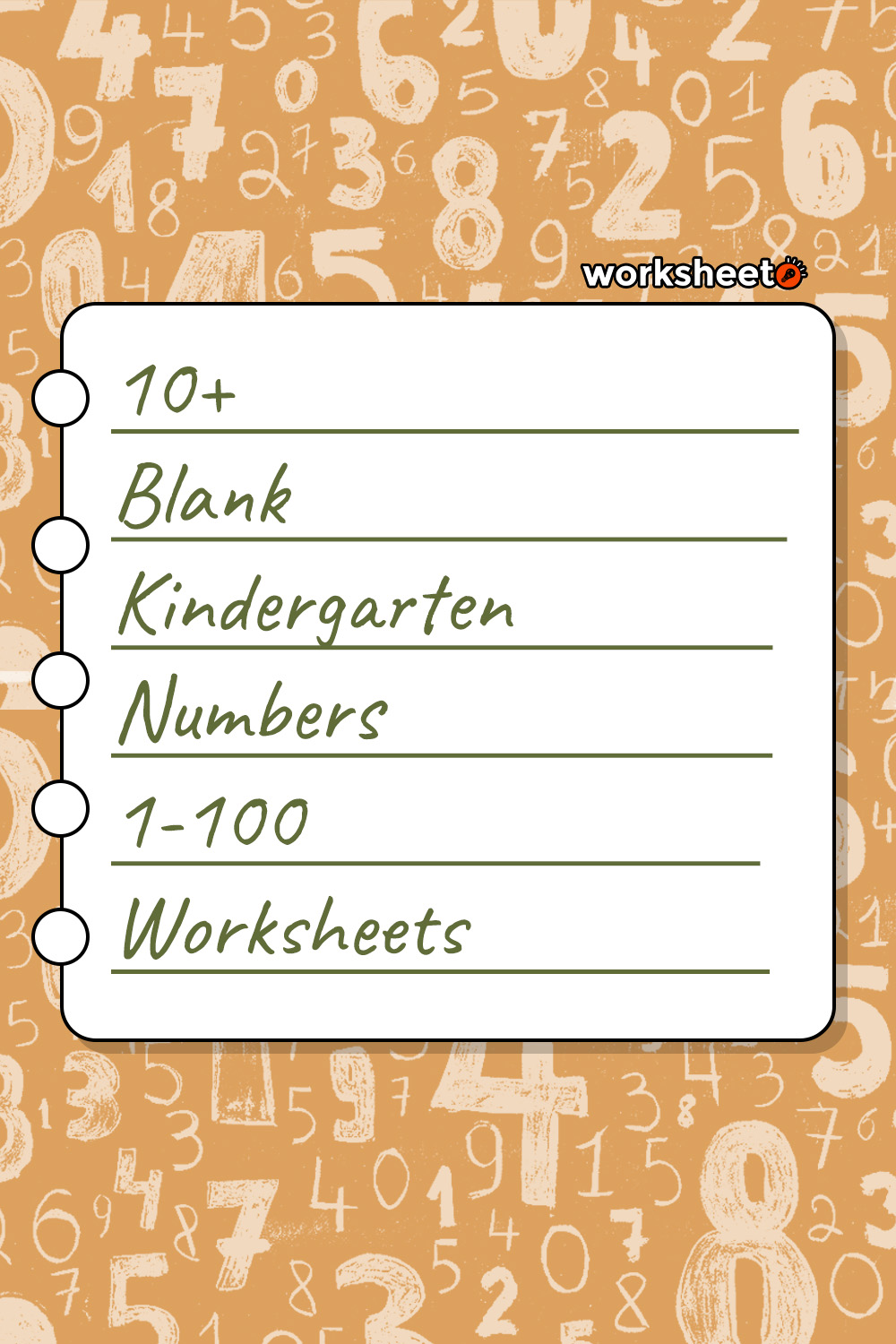
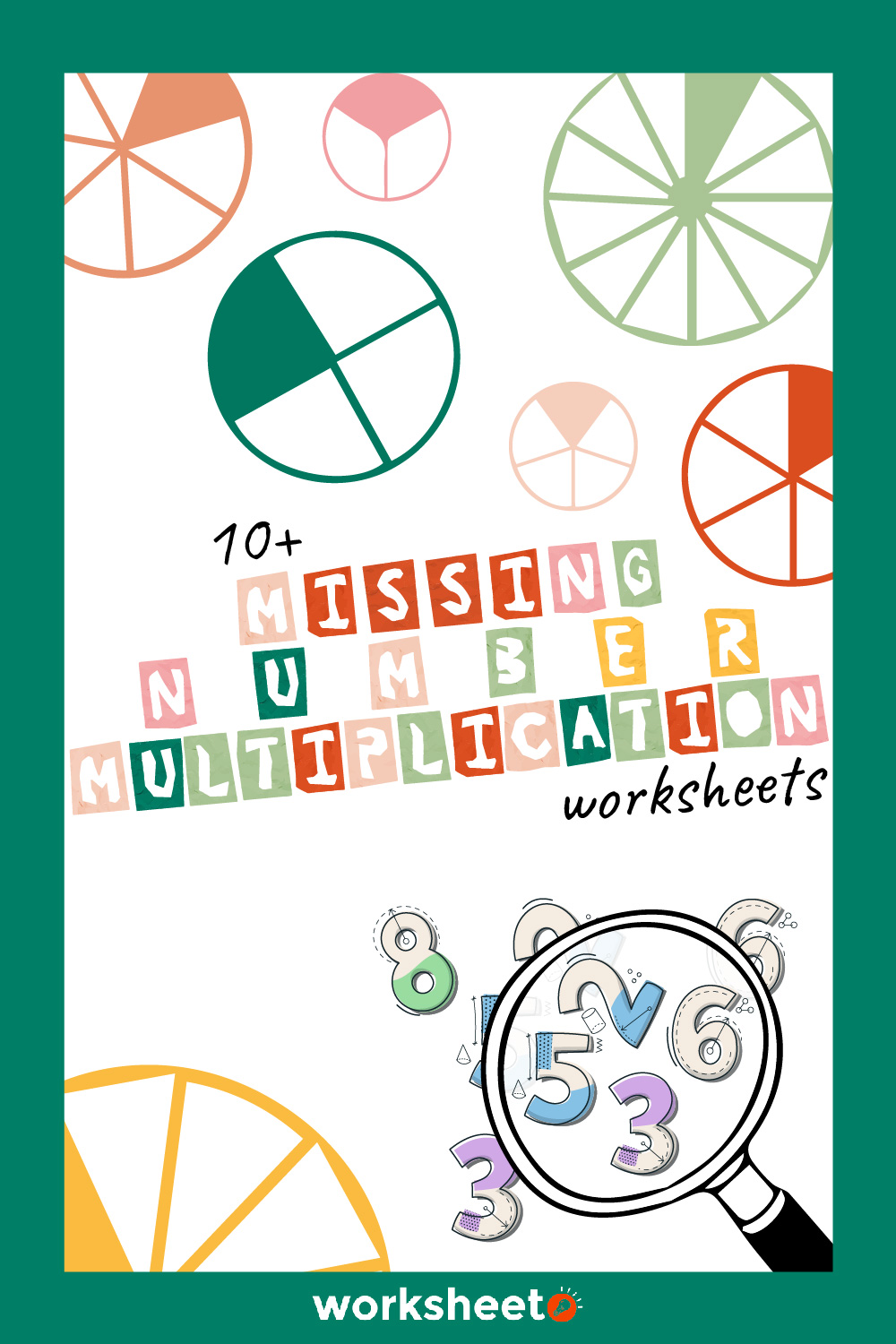
Comments